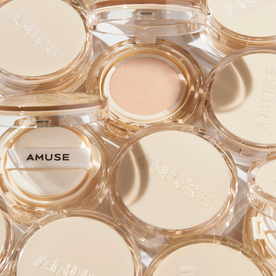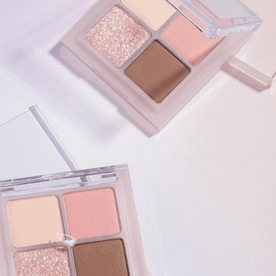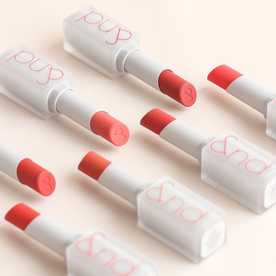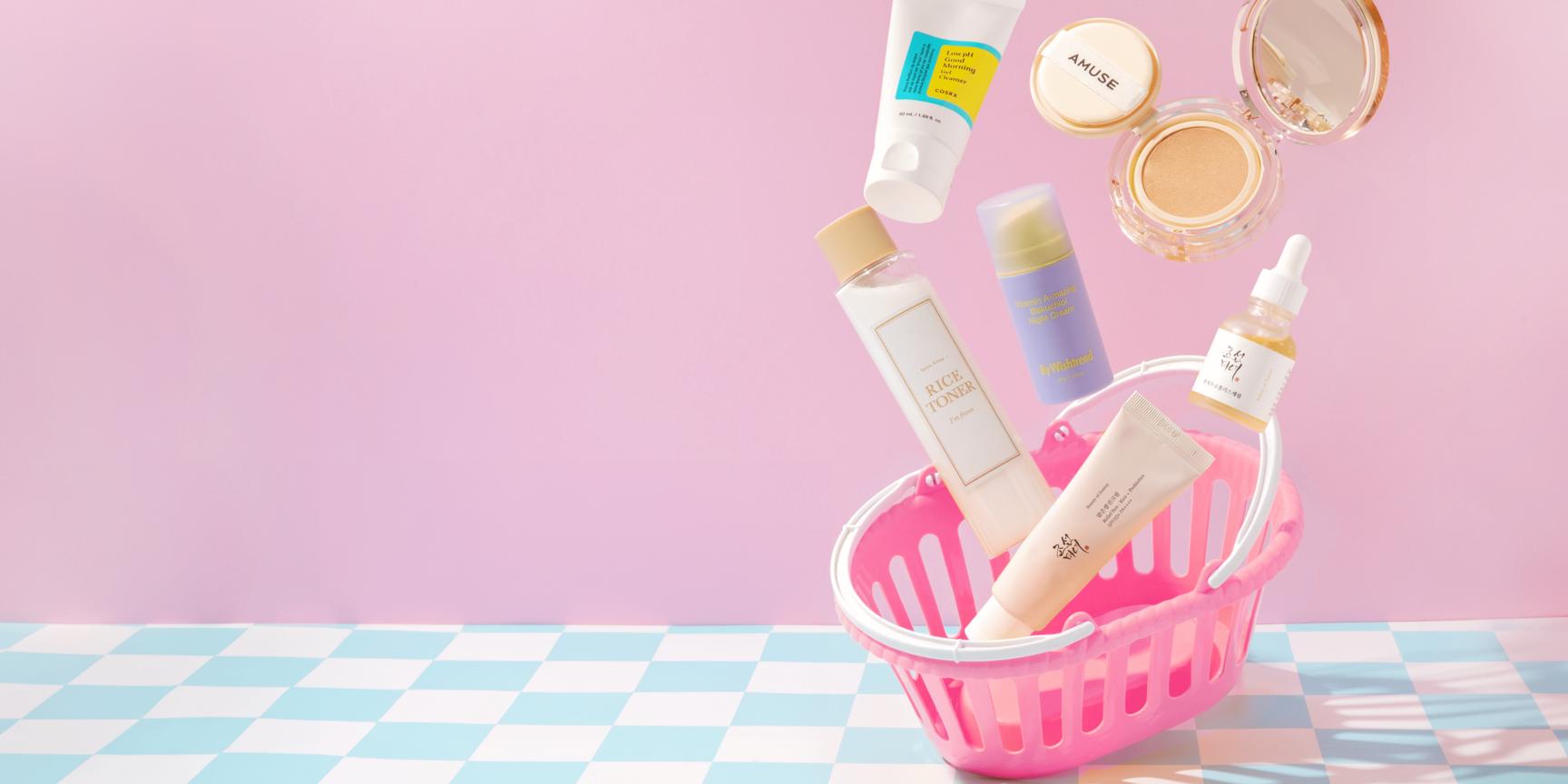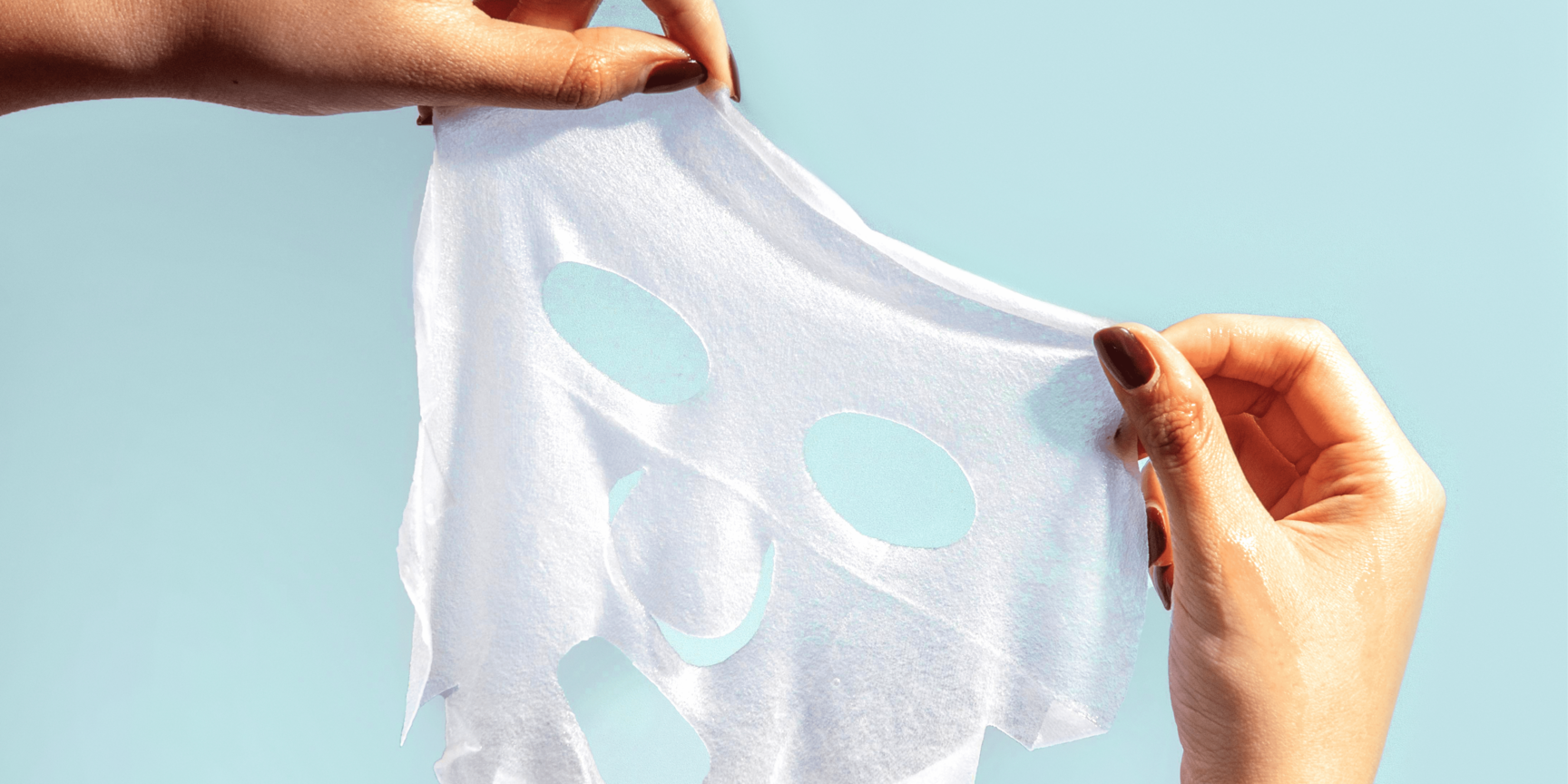Skip-Care Vs. The 10-Step Routine
How Many Steps Do I Need?
Have you heard of the Korean 10-Step Routine? How about the 12-Step Routine? The 15-Step Routine? Let’s face it - on some days, managing more than a quick wash can feel impossible.
If you were to go to South Korea, you’d be unlikely to find women following a strict 10-step rule. While they do tend to use more products than their Western counterparts on average, their routines are typically based on addressing the health of their skin, from the inside out.
So how can we create a routine that works for us? Which steps are necessary, and do we need to do them every single day? Whatever routine you decide to use, the most important thing is to remember that it needs to be customized for your skin’s needs. Some people may benefit from a dozen products, while others can manage with a few.
What is “Skip-Care”?
Skip-Care, (or the “Skincare Diet”) is one of the latest minimalist skincare trends to emerge from South Korea. It started after some women began to feel the pressure of trying to maintain unrealistic beauty standards, and decided to cut down on the amount of time, energy, and money they were putting into beauty treatments.
The focus of the Skip-Care Routine is:
- To use products that contain only essential ingredients.
- To maintain only a handful of necessary steps - cleansing, moisturizing, and SPF.
- Using tried-and-true formulas with fewer ingredients.
If you have sensitive skin and find that products with many ingredients (or the use of many products) can cause redness or stress to your skin, this may help reduce your exposure to possible irritants. Obviously, it’s also attractive to people who have a limited amount of time to do a skincare routine, or people who are travelling and not able to bring their whole lineup with them.
What Is 10-Step Routine?
The 10 step routine was never meant to be a rule, but a guideline. Following this routine ensures you try a variety of products, go through the possible steps, and apply them in the proper order. In short, it’s a way to find out what works for you.
In case you aren’t sure, here are the steps, in the order in which you would generally use them:
- Oil cleanser - removes makeup and other oily buildup
- Foaming cleanser - removes dirt and sweat
- Exfoliator - buffs off dead skin and clears pores
- Toner - removes any remaining residue and preps skin for other products
- Essence - “enhancing” hydrating formulas
- Serums/Ampoules/Treatments - work on specific skin issues
- Sheet masks - deep absorbing essences
- Eye creams - help with fine lines, puffiness, and dark circles in eye area
- Moisturizer - locks in moisture
- Sunscreen - protects against sun damage
If that seems like a lot of time and products to use in one routine, you’re right. While some of these steps are a must (like sunscreen), some are also meant to be used on a “as needed” basis. You’re unlikely to need exfoliation more than a few times a week, and may use a sheet mask only once in a while, when you need a hydrating boost or as a part of a relaxing at-home spa session.
In fact, doing every step, every single day might do you more harm than good. Over-exfoliation can damage your skin barrier, which helps keep moisture in and bacteria out. Too many different ingredients can cause redness and irritation, as can the wrong combination of skincare actives. While your skin may find essential oils or fragrances in one product tolerable, it may find the presence of those ingredients in multiple products too much.
As for the order in which you use the products, it’s usually safe to start with the most watery products first, moving up to thicker formulas. This helps subsequent products to “stick”, and maximizes the efficiency of each product.
Know Your Skin, Know Your Products
There are some questions you should ask yourself before you purchase products, and when you’re evaluating whether they’re working for you. Here are some examples:
- What type of skin do I have? (Oily, acne-prone, dry, combination, sensitive)
- How often should I use this product?
- Are there known irritants in this product? (Some common irritants are alcohol, essential oils, and fragrances)
- What specific skin issues would I like to address? (For example, hyperpigmentation, blackheads etc)
- How does my environment affect my skin? (Is it dry, cold, humid, sunny?)
- Does this product contain multi-tasking ingredients? (Ingredients like snail mucin, centella, and niacinamide can have multiple uses, such as anti-aging + brightening, or healing + anti-inflammation)
So Which Routine Should I Use?
The short answer is, the one that works for you. There isn’t a set number of steps that will magically work for everyone. The 10-Step Routine may work as a way to try products, but it’s likely you’ll need to fine-tune it, finding how often you need to do each step and how different combinations work (or don’t work) together. Introduce new products slowly so you can tell how it’s affecting your skin. You’ll likely fall somewhere between the Skip-Care and the 10-Step Routine.
It’s important to know your skin type and do a little research. Don’t feel pressured into sticking to any prescribed routine. You may find a few products with hard-hitting ingredients are enough, or that layering many products works best. The key is to support your skin’s natural functions, not replace them.









































